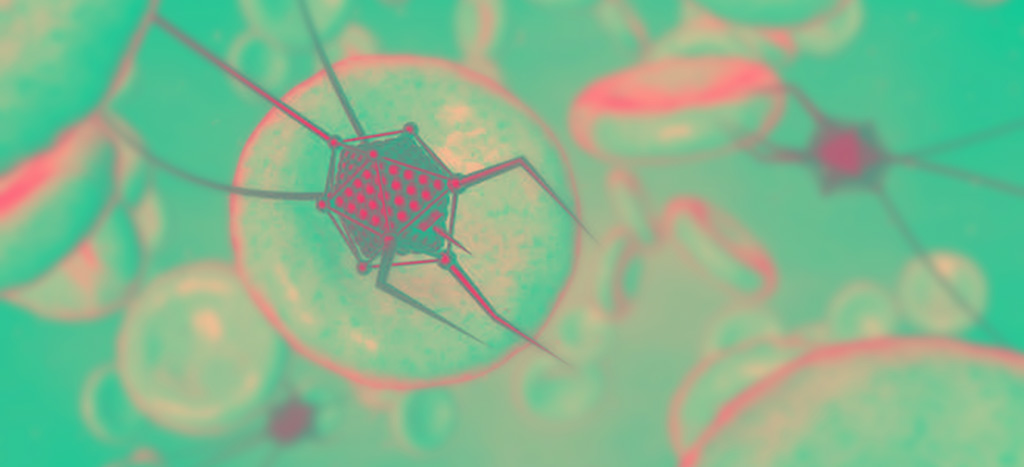
Discovery
Arbitrarily programmable nanomachines were developed by Nanite Systems researchers in New York in 2006. NS rapidly found uses for their new nanite technology in a wide range of applications, mostly manufacturing.
Industrial Nanites
With their ability to manipulate material on the near-molecular level, nanites were soon being used to repair ship hulls and other components by converting waste sludge and other abundant mediums into a variety of metals, plastics, rubber, and other compounds.
Medical Nanites
The programable nature of nanites made them perfect for medical applications. Nanites could be programmed to target invasive viruses and bacteria while avoiding healthy cells. They could also perform microsurgery on damaged tissue, repairing life-threatening injuries and speeding natural healing.
When nanites were programmed for in situ DNA editing (first developed in 2001) and stem cell de/redifferentiation (developed in 2003), extensive reprogramming of living cells became possible.
Once-debilitating, chronic illnesses such as diabetes, heart disease, malignant tumors, and Alzheimer’s have been effectively eradicated through nanite treatment.
While brain function is still the determining factor of human longevity, nanite treatments, plus advances in tissue regrowth and organ cloning, have significantly reduced the effects of aging with progress being made daily to extend healthy human lifespans.
Cybernetics & Cloning
An added benefit of nanites was discovered with their application to medical prosthetics. Nerve and muscle fibers could be melded, on a near-molecular level, with artificial limbs, eyes, and other replacement parts, providing seamless integration, sensory transmission, and synaptic control by the human brain. This led to a revolution in the development of advanced, cybernetic prosthetics.
With nanites’ ability to reorganize organic material on a cellular level, they found practical application in perfecting the growth of new tissue, organs, and limbs using the host’s sequenced DNA as a blueprint.
While complete human replication based on a sequenced genome is possible, this has raised significant ethical and legal issues. A fully replicated organism is a mimic of the original host but lacks the memories and cognitive capacity resulting from a lifetime of experience. The potential for identity theft and the legal standing of a replicated human also remains a gray area.
To that end, complete human cloning remains banned.
Regulations & Safety
Due to safety concerns and their potential for misuse, commercial manufacture and sale of nanites are restricted to a handful of government-approved suppliers and research labs and are tightly regulated. Black market distribution of nanites carries heavy penalties and imprisonment in most jurisdictions.
With industrial nanites’ ability to reorganize mineral and organic sludge into metals, plastics, and rubber, handling requires extreme safety protocols. Once in contact with a living organism, chain-reaction conversion is initiated. Calcium and proteins are highly reactive to re-crystalization. While all nanites have a short functional lifespan, damage to myofibril protein blocks in muscle and myelinated and unmyelinated axons in nerve cells is irreversible and nearly impossible to arrest.
Injecting neutralizing nanites into an exposed individual can slow tissue conversion but, once industrial nanites have entered the bloodstream, amputation has little effect and exposure is almost always lethal.
